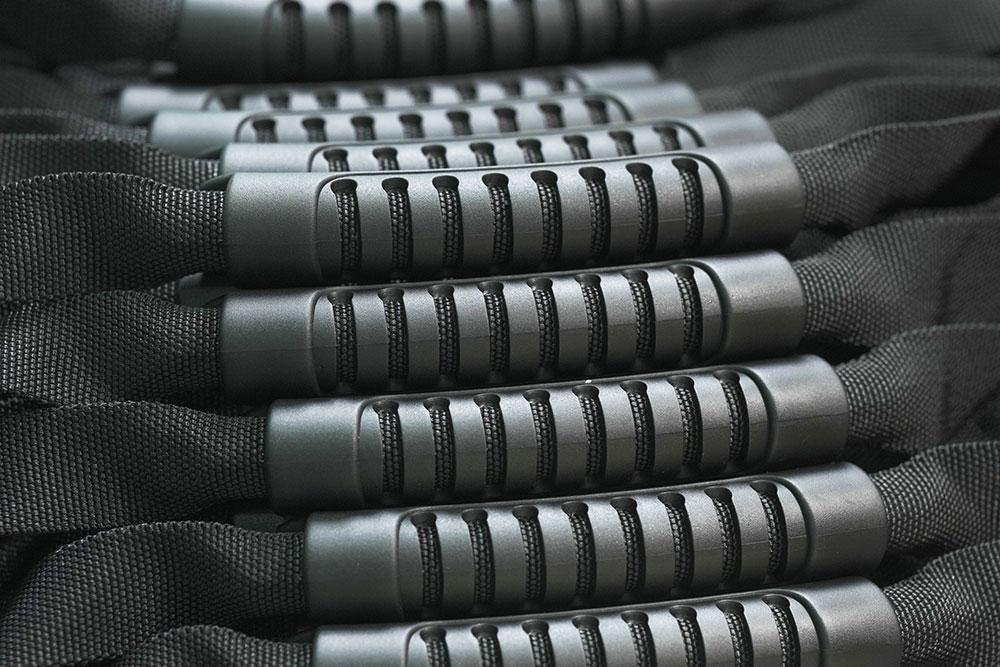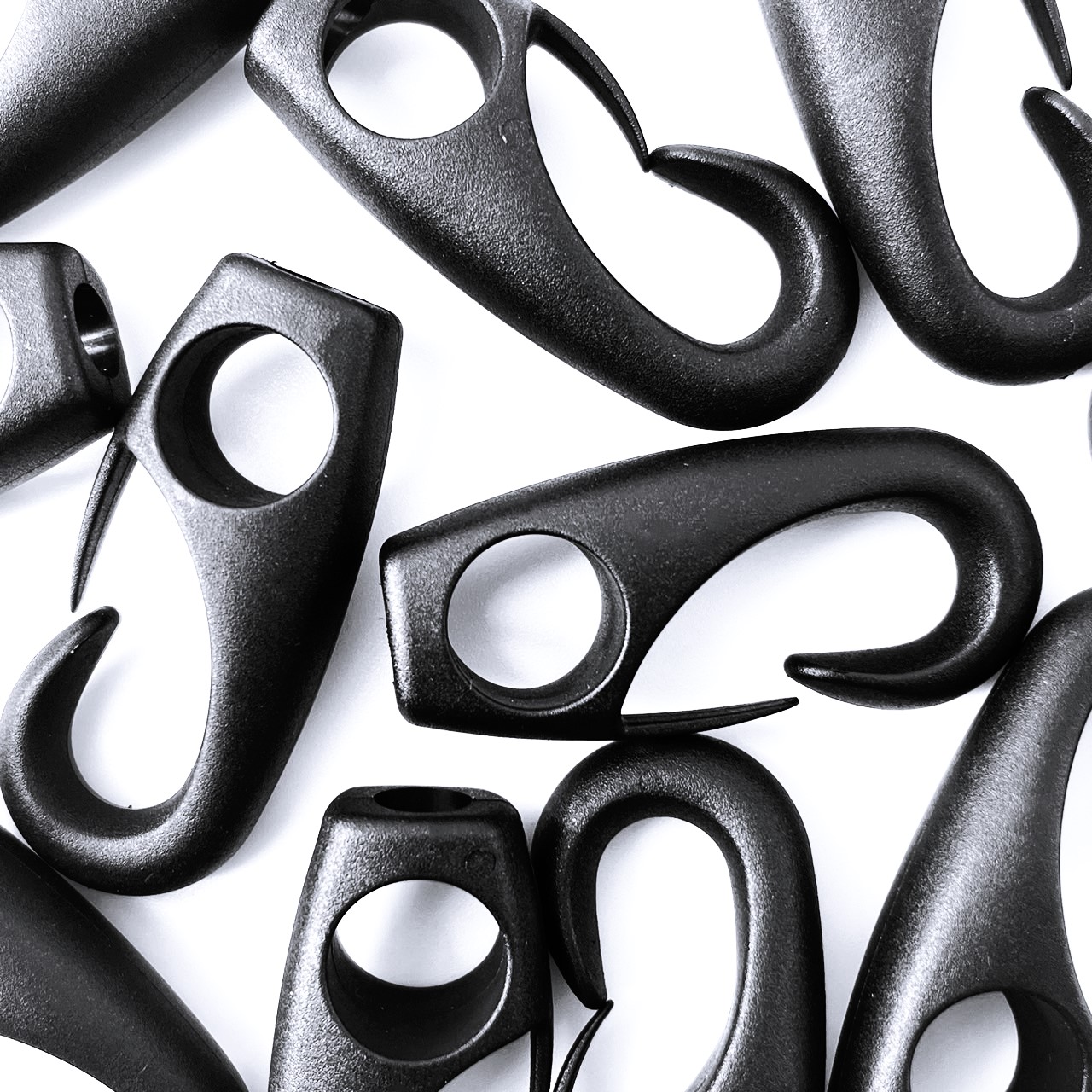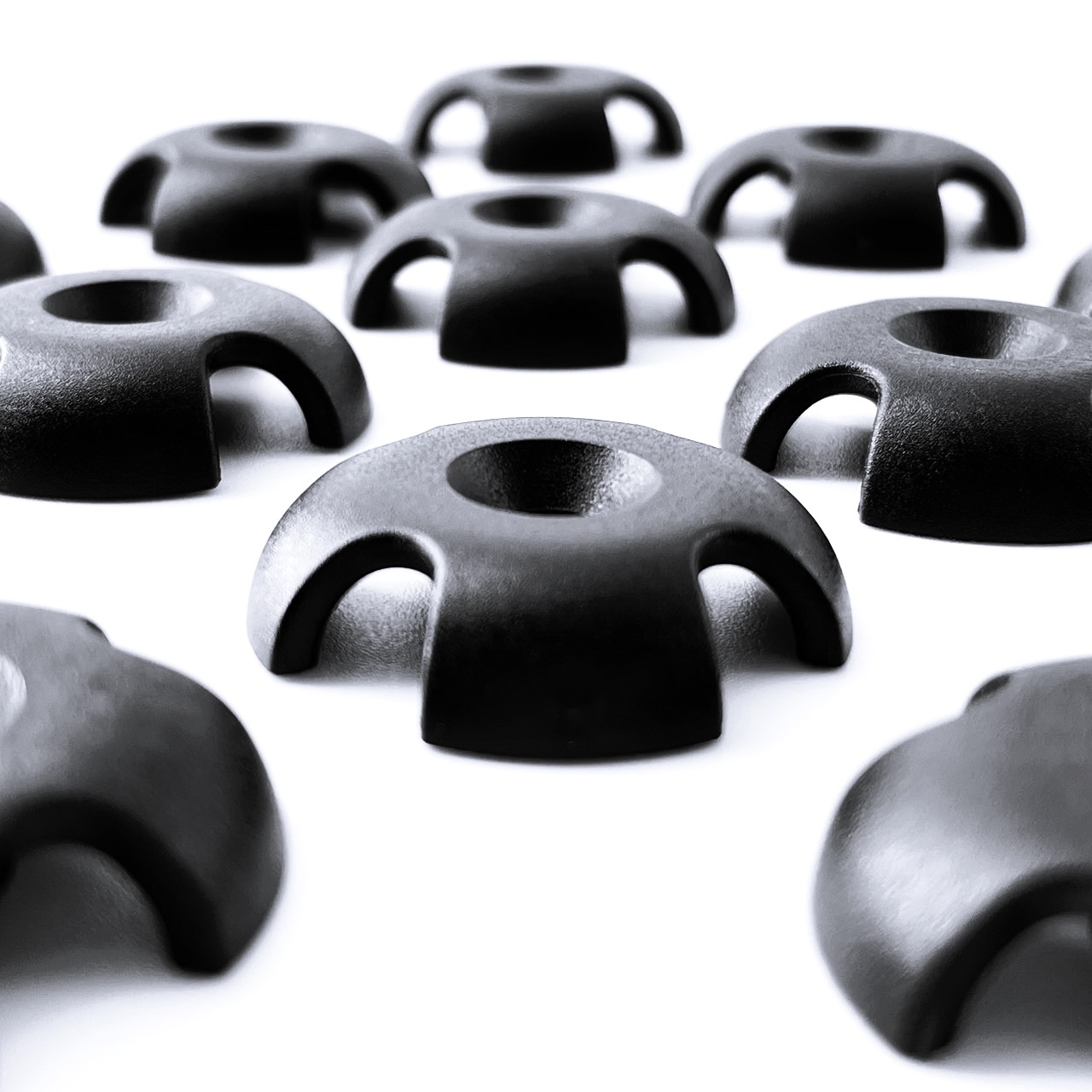Resin Process - The Importance of Temperature Control
Did you know that whether a plastic injection product is perfect or not has a lot to do with the temperature during the manufacturing process?
2024/05/27
Resin is an important material for producing kayak accessories due to its durability and stability, making it an ideal choice for outdoor sports product components, even in rough water conditions.
▶ Injection Molding Process Temperature
Because resin absorbs moisture
quickly, if it is not dried before the production process begins, the final products may have watermarks, spots, streaks, or bubbles. Therefore, drying the resin is an important step.
We have documented the suitable drying temperatures for various materials and provided them for your reference. Please see the table below:
| Injection Molding Resin Drying Temperature | ||
| Resin | Drying Temp (°F) | Drying Time (hrs) |
| ABS | 190 | 3-4 |
| ABS/PC | 220 | 3-4 |
| Acetal(POM) | 200 | 1-2 |
| Acrylic | 180 | 2-3 |
| ASA | 185 | 3-4 |
| Nylon | 180 | 4-5 |
| Polycarbonate(PC) | 250 | 3-4 |
| PEEK | 310 | 3-4 |
| Polyester(PET) | 260 | 2-3 |
| PMMA | 160 | 3-5 |
| Polyarylate | 250 | 5-6 |
| Polyetherimide | 310 | 4-5 |
| Polyethylene(PE) | 160 | 3-4 |
| Polypropylene(PP) | 70 | 1-2 |
| Polyurethane(PU) | 180 | 2-3 |
| PVC | 180 | 1-2 |
| Polystyrene(PS) | 180 | 1-2 |
| TPE | 210 | 2-3 |
| TPR | 160 | 2-3 |
Is it ready for production immediately after drying the material? Not quite.
▶ Injection Molding Resin Drying Temperature
We also need to heat up the
temperature of injection molding machine.
If we do not set the temperature correctly, it can affect the material itself. A process temperature that is too high could cause material decomposition, while too low temperature may prevent the resin from melting, leading to screw damage. Therefore, controlling the temperature of the machine and mold is also an essential part of the process.
Please refer to the temperature data below:
| Injection Molding Process Temperature | ||
| Resin | Melt Temp (°F) | Mold Temp (°C) |
| ABS | 440-540 | 90-180 |
| Acetal (POM) | 510-540 | 140-180 |
| Acrylic | 420-480 | 140-220 |
| ASA | 450-500 | 110-200 |
| Nylon 6 | 470-530 | 120-250 |
| Nylon 6/6 | 500-560 | 120-250 |
| Polycarbonate(PC) | 540-600 | 180-210 |
| PEEK | 650-730 | 250-300 |
| Polyester(PET) | 500-550 | 250-280 |
| PMMA | 360-500 | 120-160 |
| Polyarylate(PAR) | 640-700 | 250-280 |
| Polyetherimide(PEI) | 650-820 | 160-340 |
| Polyethylene(LDPE) | 340-440 | 50-100 |
| Polyethylene(HDPE) | 420-540 | 50-150 |
| Polypropylene(PP) | 420-520 | 60-150 |
| Polyurethane(PU) | 390-440 | 70-120 |
| PVC | 320-420 | 50-120 |
| Polystyrene(PS) | 360-530 | 100-150 |
| TPE | 340-390 | 60-140 |
| TPR | 370-410 | 60-160 |
▶ Conclusion
Thus, in injection molding, we need to control the temperature to produce the product perfectly. If the temperature is not controlled properly, defects will appear on the product.



▲ KB8 Deck Line Guide - Slotted Round
We hope that this information can help you understand injection molding better.
Please feel free to contact us if you have any other process control, mold design or other questions.